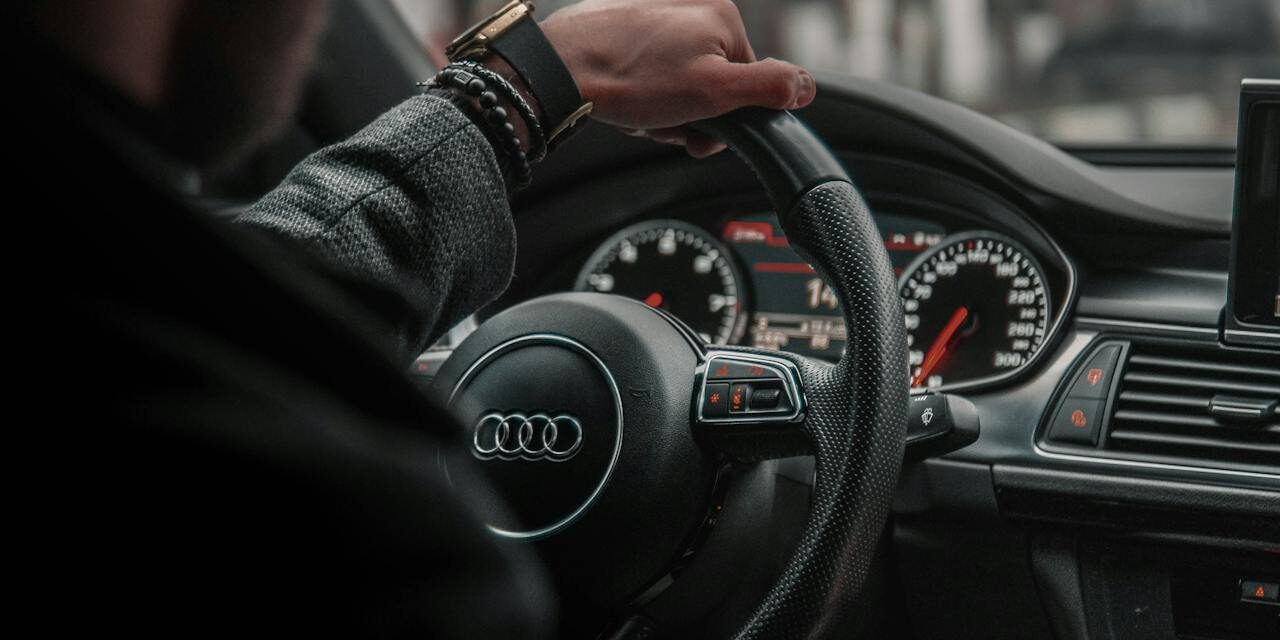When considering a new ride, safety is your top priority. Technology for vehicle safety is always evolving, so it’s important to stay updated on the latest advancements to keep yourself and your passengers safe. This post will dig into the features you should tip your hat to in your next vehicle, arming you with the latest in road safety.
Essential Safety Features in Modern Vehicles
Every vehicle boasts safety features, but these are absolutely essential for your needs:
- Airbags: When these cushions deploy in milliseconds during a collision, they provide a vital buffer between passengers and the vehicle’s interior.
- Anti-lock Braking Systems (ABS): This thwarts wheels from locking up when you hit the brakes, protecting your capacity to steer when it’s slippery.
- Electronic Stability Control (ESC): This technology identifies and then reduces loss of traction. It helps prevent skidding and keeps you from sliding sideways.
Choosing a Safe Vehicle
As you shop for your next vehicle, it’s important to consider the safety features of the models you are interested in. For instance, for those in the Manchester area interested in Hyundai vehicles, a visit to a Manchester Hyundai dealership can offer you a firsthand experience of the latest safety innovations in their models.
Personal Safety Priorities
Assess what safety features actually matter to you. It’s easy to get wrapped up in the flashiest tech, but it’s more important to ensure the car you purchase is fitted with the gadget most beneficial to your driving needs.
Test Driving for Safety
When you get to test drive any vehicle with the sales representatives, it’s not just about learning about how the car feels, how the tech handles it, and how the performance turns in the driver’s seat. It’s also your chance to watch the safety features in action.
Advanced Safety Technologies
Vehicle safety has come a long way over the last decade, especially where safety technologies are concerned. Here are just a select few that are becoming quickly available:
- Adaptive Cruise Control: This system automatically adjusts speed to maintain a safe following distance so that those long drives can be even more of a breeze and worry-free experience.
- Lane Departure Warning Systems: These alerts will inform the driver if the vehicle is starting to drift out of its lane without first signalling.
- Automatic Emergency Braking: Should the system detect an impending collision in critical situations, it can automatically apply the brakes to potentially help reduce the impact or help avoid a collision altogether.
The Importance of Vehicle Safety Ratings
Vehicle safety ratings are more than just a set of numbers. They reveal just how well a vehicle can withstand a collision and protect its passengers.
NCAP Ratings
The European New Car Assessment Programme or NCAP is the last word on car safety assessments as far as passengers are concerned. They use a set of tests that include various crumple zone and side impact scenarios to give each car a safety rating. The higher the score, the safer the car.
Thatcham Research
Thatcham is an organisation that details how good a car is at resisting a break-in and how well its safety systems actually work. If a car gets the thumbs up from them, it’s a mark of quality that signals that your vehicle is a fortress on wheels.
Conclusion
Choosing safety features over vehicle aesthetics or speed is not just about compliance. It’s choosing to give yourself peace of mind with every drive. Stay updated as new safety technologies are released and consider them as top features in your car-buying journey.



